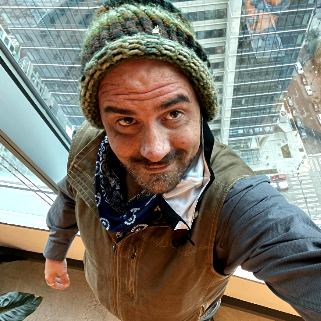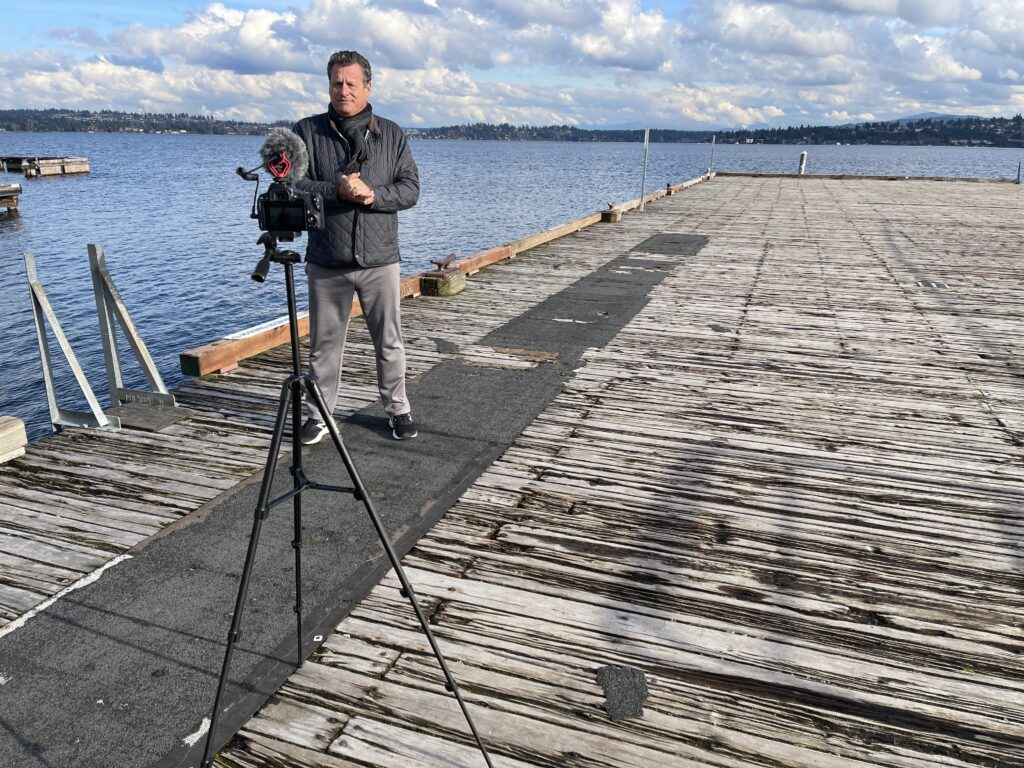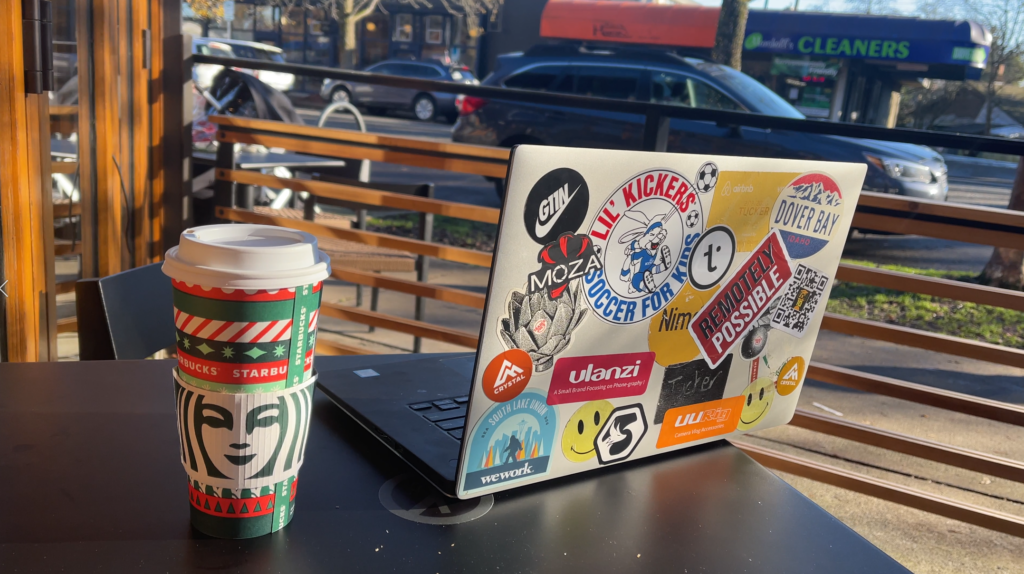Personalities are just as important as skills for successful teams
Having a diverse team means more than having diverse skills and experience. It also means having diverse personalities. Hiring team members with diverse personalities can help prevent us from developing bubbles and help us to foster trust on our teams.
So let’s discuss.
Understanding diverse personalities teaches us better relate to our team
So far in this section on self-awareness we have discussed the power of identifying your strengths and weaknesses and how to thereafter comport yourself with confident humility (or humble confidence, if you prefer). So far we have been largely introspective, focusing on ourselves. This is, after all, a section on self-awareness.
Now we are going to start looking at how we can use our newfound insights to inform our relationships with others.
Hire to fill Personality gaps
The standard advice is to hire people that fill skill gaps on your team. Is everybody on your team an expert with Microsoft Project but nobody has experience with Excel? It obviously makes spense to make sure that your next hire has some Excel experience. However, when we just focus on the skill gaps, we gloss over something equally important for well-rounded teams: personality gaps.
The natural temptation for every manager is to hire people that may have different skills, but who ultimately think the same way they do. Analytically minded managers tend to hire other analytically minded team members. Introverts hire introverts. Extroverts hire extroverts. People love to hire alumni from the same college that they went to. There are certainly advantages to having a homogenous team of people that all think alike. There will surely be much less debate. Decisions will be made much more efficiently. However, all of this comes at a cost.
Diversity of thought is crucial to any team. Managers who only hire like-minded people are robbing themselves of being exposed to new viewpoints and ideas that could lead to the next big success story. We need to make sure to hire a team and to foster an environment that encourages diversity of thought.
Get out of your bubble
Without diversity of personalities and thought, the danger is that teams will develop an insulating “bubble” that blocks them from the benefit of outside view points. This can lead to a host of problems for individual teams and especially the organization as a whole. At the team level, it leads to confirmation bias and myopic planning. At the organizational level, it leads to misaligned expectations across departments and a decrease in cross-departmental efficiencies.
Perhaps bubbles are most notable when they form around upper management. Especially in larger organizations, leadership can easily become out of touch with the rank and file of the organization if they aren’t taking active steps to do anything about it. However, it is not exclusive to the C-suite. Especially in larger organizations, and especially when teams are all working remotely from each other, it is not uncommon for teams at all levels to develop a bubble.
So how do we know if we are in a bubble? Well, the answer to this question is surprisingly simple. You are. You are definitely in a bubble. We are all in bubbles. We each carry our own inherent biases and views, and the same could be said about any group, team, or organization we belong to. This means that over time, we find bubbles naturally forming around ourselves unless we are actively working to break these down.
So rather than asking ourselves if we are in a bubble, perhaps it makes more sense to ask ourselves what we are doing each day to make sure that we are welcoming a diverse set of viewpoints into our lives.
You are probably wrong – trust your team
The next challenge that we face, once we invite all of these crazy differing personalities into our lives, is to learn how to deal with all of the differing (and sometimes conflicting) viewpoints. Furthermore, we need to learn how to trust our team members even in some cases where we don’t fully agree with them.
Look at any classic example of inter-departmental squabbling, and you will immediately see what we are talking about here. Although everybody is working towards the same goal (hitting profitability targets), there are differing opinions on how to do it. Sales wants to invest more in lead generation. Production wants to invest more in user experience testing. Finance doesn’t want to invest any money into anything ever. Everybody has a different plan.
The trick here is to make sure that you trust your team members to make the right decisions to do their respective jobs. This means that we trust the marketing team’s decisions about lead generation. We trust the operation team’s decisions about quality control. We trust the leadership team’s decisions about the overall strategy and leadership of the organization.
Note that you don’t have to agree with those decisions. In fact, I hope you don’t agree with many of them! If you find yourself agreeing with every decision made in your company, then this is a strong indication that your organization could benefit from some more diversity of thought.
For example: As a project manager, I may not agree with the sales team’s insistence that I run quarterly business reviews with my client. I may think of it as a distraction that doesn’t add any value to the process and the time I spend on it could be better spent elsewhere (like delivering on my projects). However… I also know that the sales team is good at their job. They wouldn’t be doing this if they did not have a good reason to do so. So in this case the best thing I can do is to trust that my team members know what they are doing and support them in any way I can, even though I may not fully understand or agree with their ideas. So I run the quarterly business reviews.
Reiterating the importance of diversity
The importance of having a team with diverse skill sets is clear. Always has been. The importance of having diverse personalities, on the other hand, has been tragically underrated. Let’s change that. As we have been discussing throughout this book, the future of work is about more than just traditional skills.
The more you understand about yourself and your own personality, the more empathy you develop for others. The more empathy you develop for others, the more trust you develop within your team. The ultimate display of humility is perhaps trusting our teammates in their areas of expertise, even if we don’t fully understand or agree with their ideas.
Having a diverse team means more than having diverse skills and experience. It also means having diverse personalities. Hiring team members with diverse personalities can help prevent us from developing bubbles and help us to foster trust in our teams.

In addition to being the managing editor of Remotely Possible, Tucker Johnson is the co-owner and producer at MultiLingual Media, which publishes resources on language, technology, and business. He is also the co-founder of Nidmzi Insights, a global market research and consulting firm focused on helping companies navigate the complex waters of globalization, internationalization, and localization. Tucker is also the author of “The General Theory of the Translation Company” (available on Amazon) and teaches account management for the master’s program at the Middlebury Institute of International Studies and guest lectures at universities around the world.



